Given is a (html) String with x-number of characters. The String will get formatted into an attributed String. Then displayed in a UILabel.
The UILabel has a height of >= 25 and <= 50 to limit the number of lines to 2.
Since the String has characters not visible in the formatted attributed String, like <b> / <i>, the best approach would be to limit the character count of the attributed String.
UILabel property .lineBreakMode = .byTruncatingTail causes words to get cut.
The goal, in case the character count would exceed the limit of space in the UILabel, is to cut between words. Desired maxCharacterCount = 50. Determine the last space before maxCharacterCount. Cut the String and append ... as last characters of the UILabel.
What's the best approach to limit the characters? Help is very appreciate.


